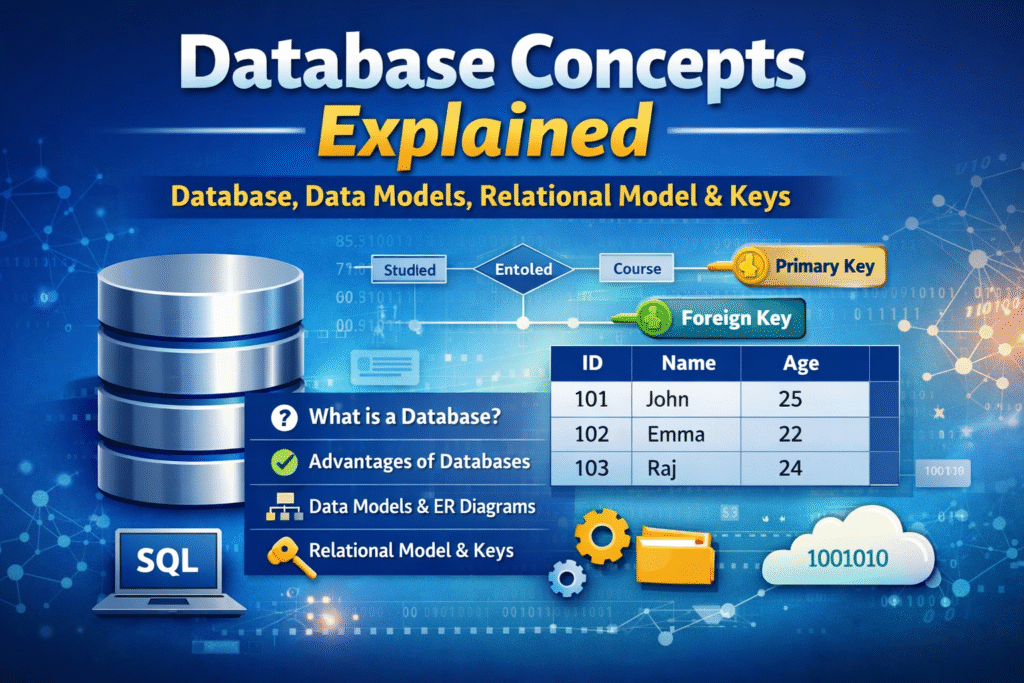Class 12 Computer Science Python Revision Tour – II Notes
List Manipulation
What is a List?
Python lists are containers that are used to store a list of values of any type. Python lists are mutable i.e. you can change the elements of a list in place. Lists are depicted through square brackets [ ]. It can store a sequence of values belongings of any type.
Example: –
list1 = [ 1, 2, 3 , 4 , 5 ]
list2 = [1.5, 2.5, 3.6, 4.9]
list3 = [‘a’, ‘n’, ‘j’, ‘e’, ‘e’, ‘v’ ]
list4 = [‘anjeev’, ‘singh’ ]
How to create an Empty List?
t = [ ]
t = list( )
How to create a Value List?
t = [value1, value2, …. ]
t = list( <sequence>)
What is a Nested List?
A list contains another list i.e. list inside another list is called a nested list.
t = [ [ ]]
list5 = [[1, 2, 3], [4, 5, 6, 7] ]
list = [1, [2, 3, 4], 5, [‘ramesh’, ‘suresh’] ]
Characteristics of List
List is a type of sequences like strings and tuples but it differs from them in the way that lists are mutable but strings and tuples are immutable. Dictionaries are also mutable.
Indexing in List
List is a type of sequence like strings & tuples, so it has also followed the same rule of indexing. Every element of the list has a unique index value.
The indexes of the list begin from 0 to length-1, in the forward direction, and -1, -2, -3, …., -length in the backward direction.

How to input list through Keyboard?
eval( ):
eval( ) function of Python can be used to evaluate and return the result of an expression given as a string.
list( ):
list( ) function convert all inputted characters/symbols/digits as the elements of list using each character input.
Input List value at the run time i.e. by keyboard: –
>>> t1 = list(input(‘Enter List : ’ ))
Enter a List: [1,2,3,4]
# then t1 will store as –
>>> print(t1)
[‘[‘, ‘1’, ‘,’, ‘2’, ‘,’, ‘3’, ‘,’, ‘4’, ‘]’]
>>> t2 = eval(input(‘Enter List : ’))
Enter a List : [1,2,3,4] # then t2 will store as –
>>> print(t2)
[1, 2, 3, 4]
List vs. String
There are some similarities and differences between List and Strings.
Similarity: –
| Particulars | Description |
| len ( ) | Both allows to use len( ) method to find number of elements. |
| Indexing | Both allows forward (0,1, 2 , 3, …..) and backward (-1, -2, -3, .., -n). |
| Membership | Both allows to check membership using in or not in. |
| Slicing | Both allow to extract of some elements by using slicing |
| Concatenation and Replication | Both allows to use concatenation (+) and replication (*) operator |
| Accessing Individual Element | Both allow to access the element from the given index position. |
Difference: –
| Particulars | Description |
| Storage | List stores reference at each index instead of single character as in string. |
| Mutability | Strings are not mutable while lists are mutable. |
Class 12 Computer Science Python Revision Tour – II Notes
By Anjeev Kr Singh – Computer Science Educator
Published on : May 5, 2021 | Updated on : December 24, 2025



